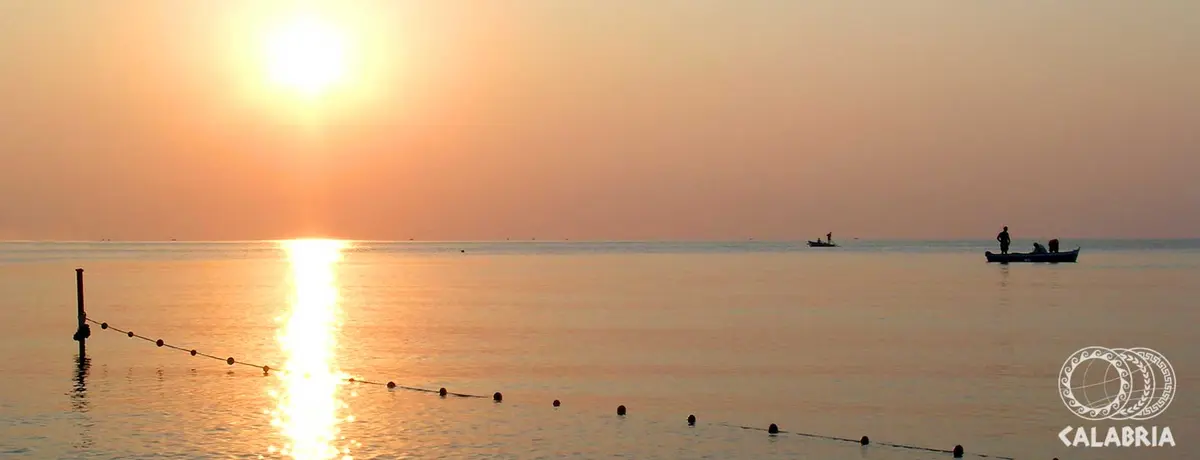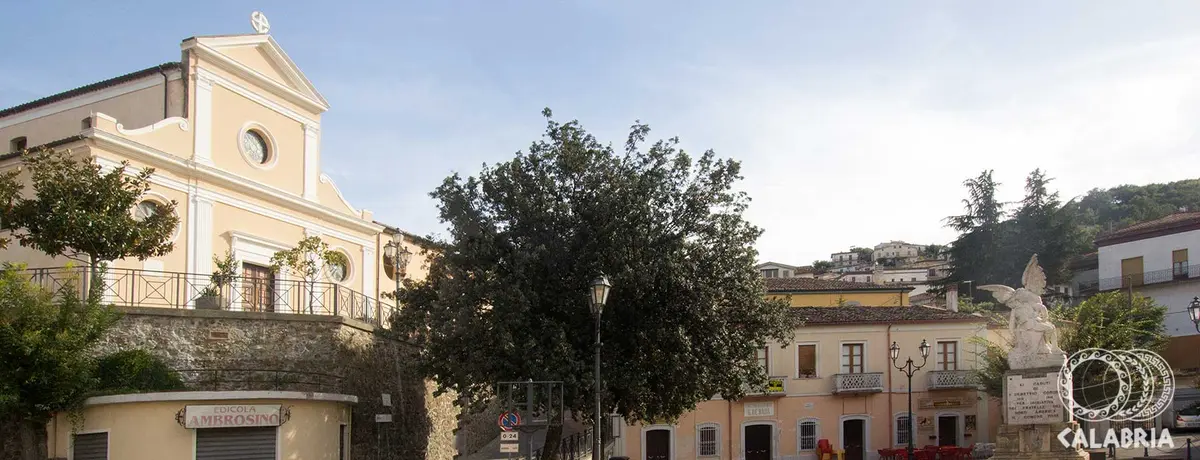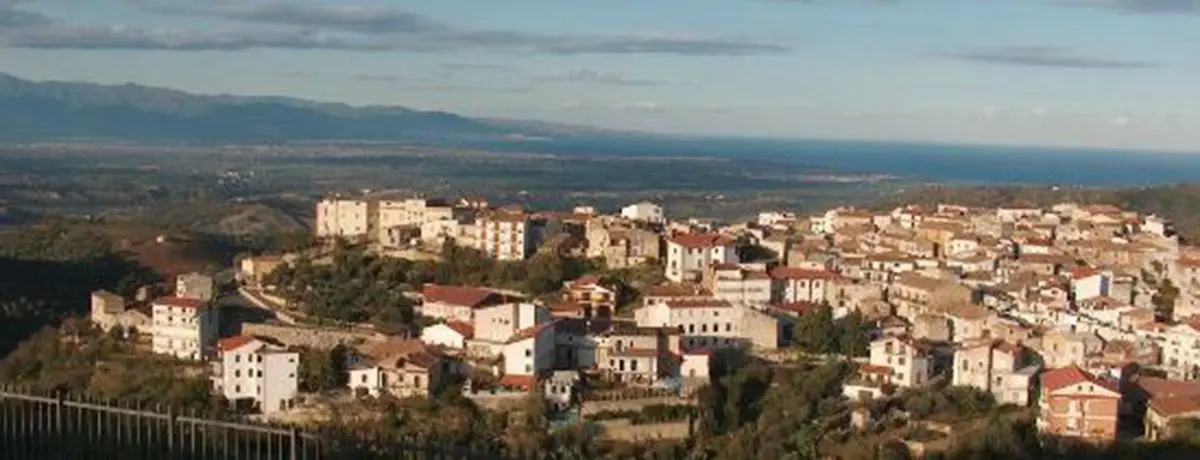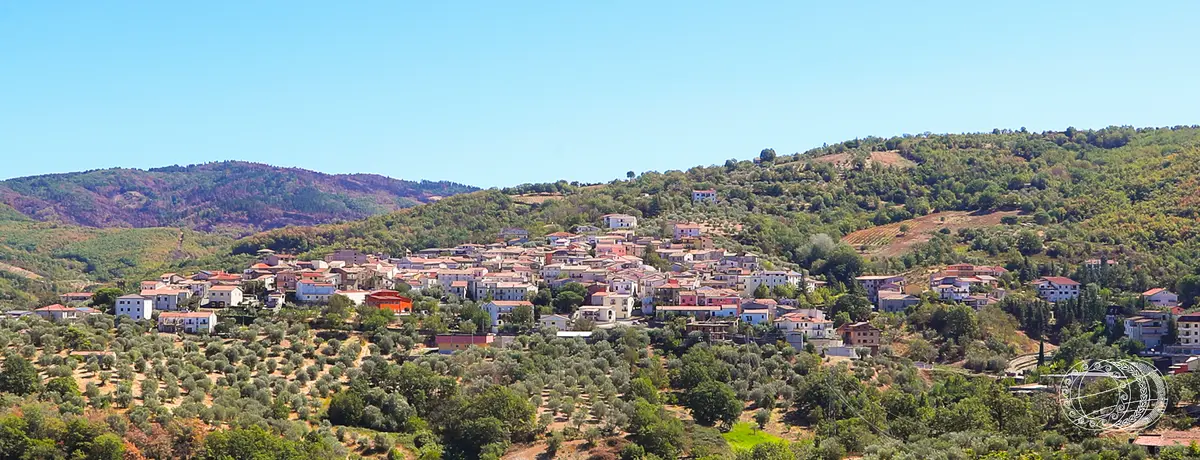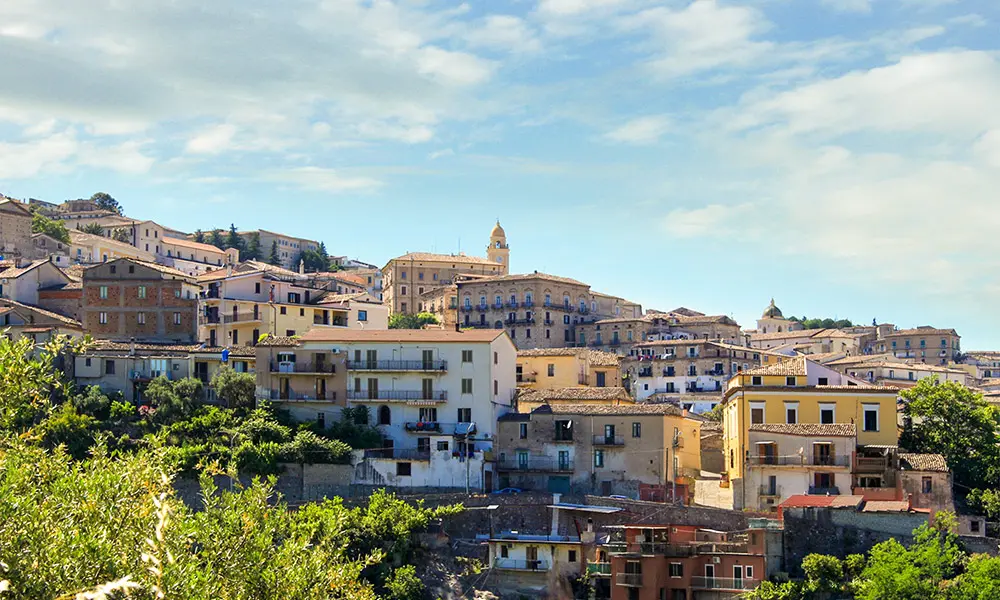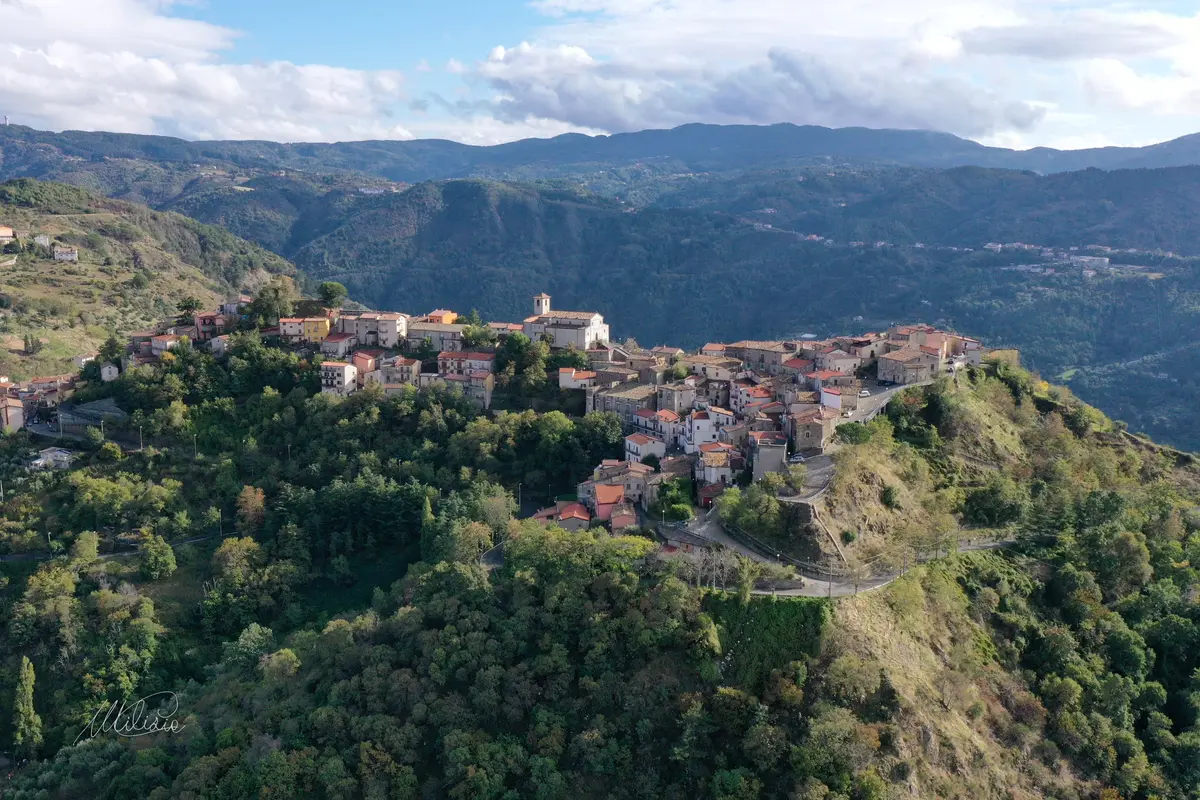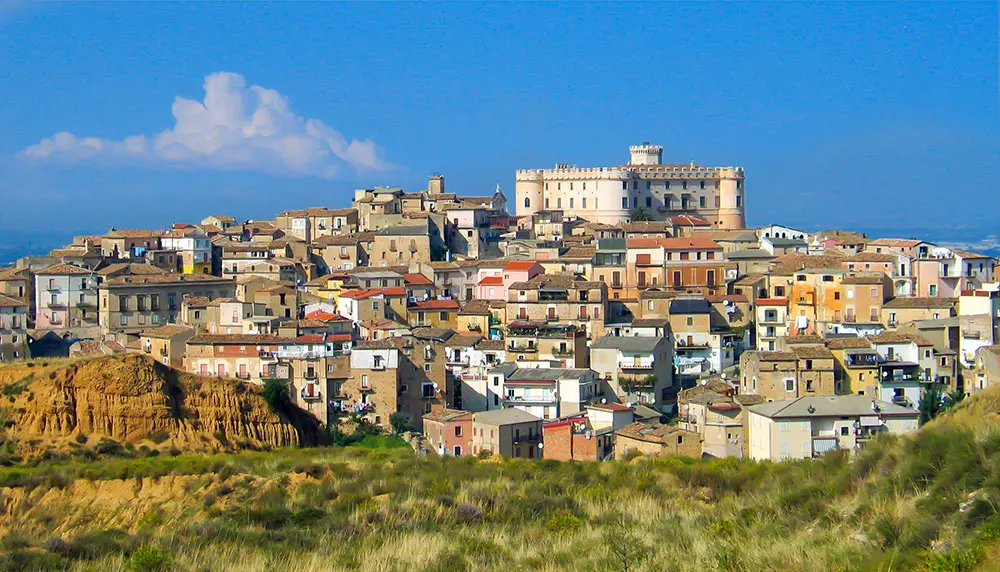Corigliano Calabro
The city of the Ducal Castle and Clementine PGI
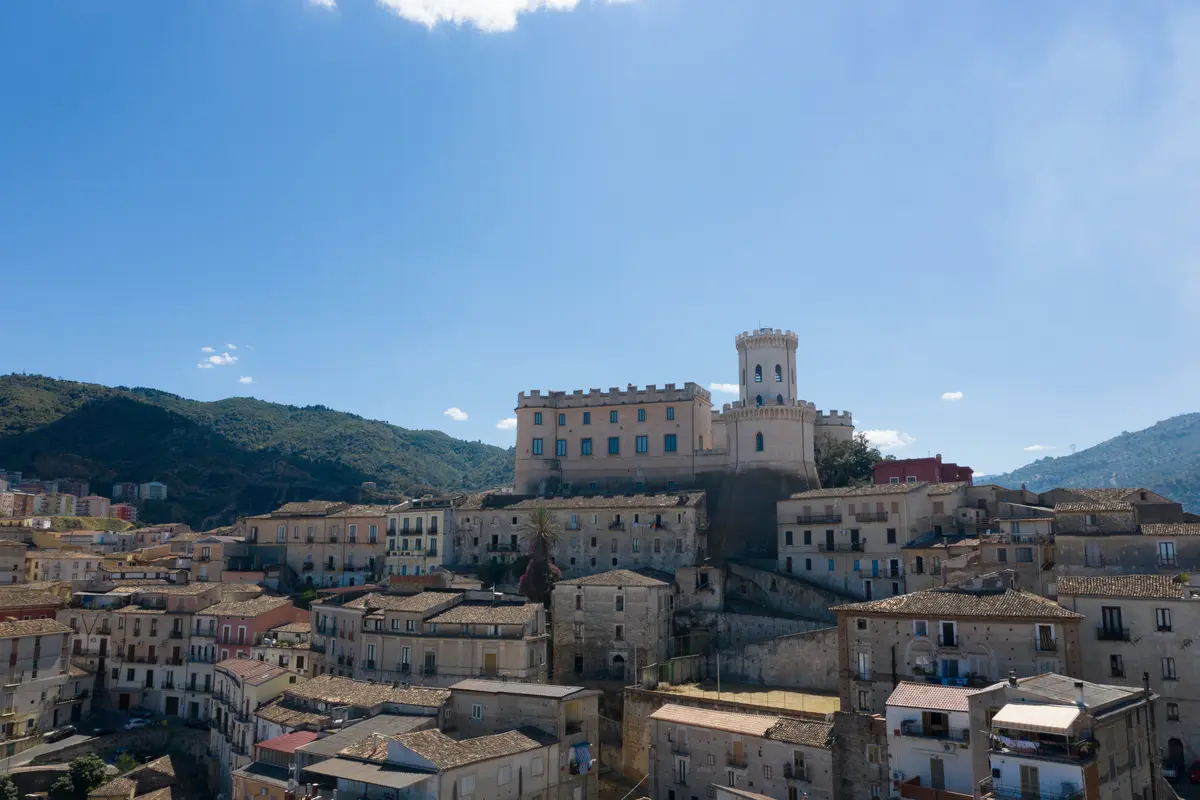
Sea
Regione Calabria
The town of Corigliano Calabro* stands majestically on a hill surrounded by olive groves and citrus orchards that slopes down towards the seaside hamlet of Schiavonea, one of the most popular seaside resorts on the Costa degli Achei, on the Ionian coast of Cosenza.
A symbol of the historic centre of Corigliano, the Ducal Castle stands out on the panoramic summit overlooking the Sibari Plain, where the prized Sibari Rice and Calabrian Clementines PGI are produced.
*Since 2018, Corigliano Calabro has been part of the single municipality of Corigliano-Rossano, created from the merger of the respective territories of the Upper Ionian Sea in the province of Cosenza.
The ancient fortified town of Corigliano Calabro stands in a panoramic position on top of Serratore Hill, overlooking the Sibari Plain from the heights of the marvellous Ducal Castle. One of the most beautiful castles in Calabria, Corigliano Castle was built in 1073 at the behest of Robert Guiscard. The original nucleus, now extensively remodelled and renovated, includes the Church of San Pietro and the towers, namely the circular keep and the octagonal tower with a belvedere function. The latter is accessed via an impressive spiral staircase surrounded by frescoes, the most “Instagrammed” feature of the building.
A walk through the historic centre reveals other beauties, such as the Mother Church of Santa Maria Maggiore, also rich in works of art, the Collegiate Church of San Pietro, the Shrine of San Francesco di Paola, a pilgrimage destination and stop on the Franciscan Way in Calabria, and the Civic Art Gallery. On the coast, Marina di Schiavonea offers the opportunity to take a walk along the seafront and visit other historic buildings linked to fishing and Mediterranean trade fairs.
Among the excellent Calabrian food products produced in Corigliano Calabro are Clementine di Calabria PGI, a seedless mandarin variety that has conquered international markets for its unmistakable sweetness and vitamin content. A must-try? A gourmet risotto made with the renowned Sibari Rice, perhaps in the black variety with seafood.
No result
